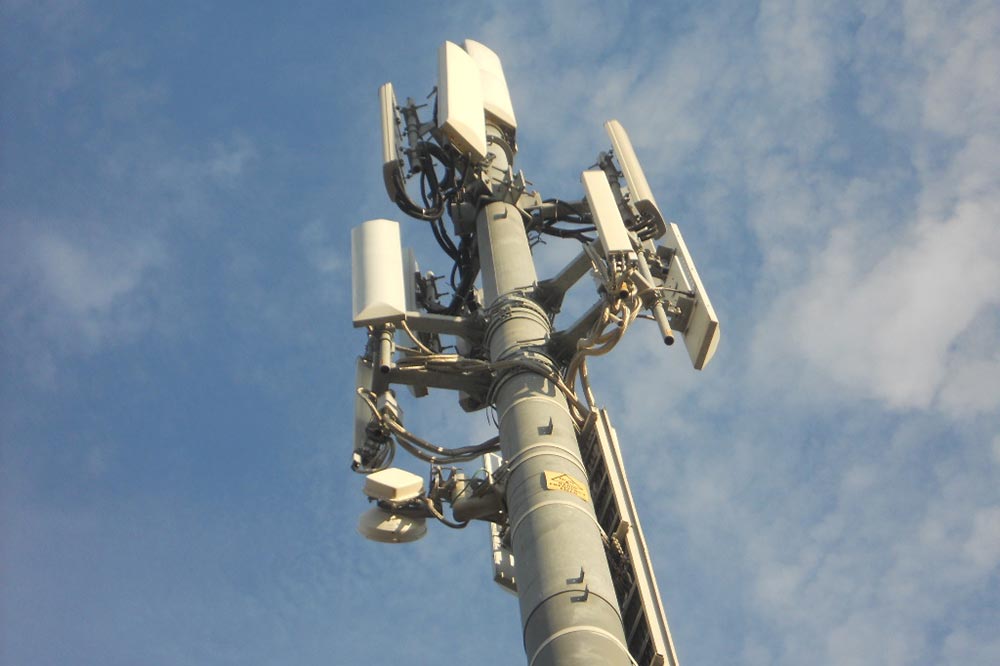
Public safety agencies can get mobile broadband from private carriers and save money, according to the Productivity Commission. Image: Michael Coghlan.
A new draft report from the Productivity Commission has found that commercial carriers are the most cost effective option in delivering mobile broadband to public safety agencies.
With the full report due for release in December 2015, the initial draft version has put a spotlight on the importance of public safety agencies like police, ambulances and fire brigades having access to mobile broadband services that not only provide sufficient communications to officers, but also giving them value for money.
That’s the theme of the report, which acknowledges that mobile broadband technology represents a “significant opportunity” to save lives and property, improve officer safety and drive productivity gains in the delivery of public safety.
The Commission said that the technology will allow frontline officer to access high-speed video, images, local tracking “and much more”.
Much of this technology is already available in existing infrastructure that private telecommunications companies use to sell to customers buying plans for 4G services, such as mobile phone plans and dongles.
The Commission reckons emergency services should use this existing infrastructure because it would save them money and resources without having to go out and build their own ‘public safety grade’ service.
A so-called “hybrid” option where emergency services would use a combination between private carriers and internal services was also offered by the Commission, but ultimately it reckons that a commercial option would be “significantly lower cost” than a dedicated network or hybrid option.
Productivity Commissioner Jonathon Coppel said a commercial option is lower cost because considerable existing infrastructure could be used or shared, meaning significantly less new investment is required.
However, the Commission believes the benefits of each option are not expected to vary markedly, “since the options evaluated have been designed to deliver a similar level of PSMB [Public Safety Mobile Broadband] capability”.
As a result, the Commission expects that cost evaluation is likely to provide the best guide to net community benefit for each option.
According to the Commission, it has also considered factors other than cost, such as risks and the need for protocols for sharing information and network capacity among agencies to get the most out of a public safety mobile broadband capability.
Mr Coppel said small-scale trials would provide an opportunity for jurisdictions to gain confidence in a commercial approach, gauge the costs and benefits of the capability more precisely and develop a business case for a wider scale roll out.
The Commission said it is seeking written feedback on the draft report by 28 October, 2015.





